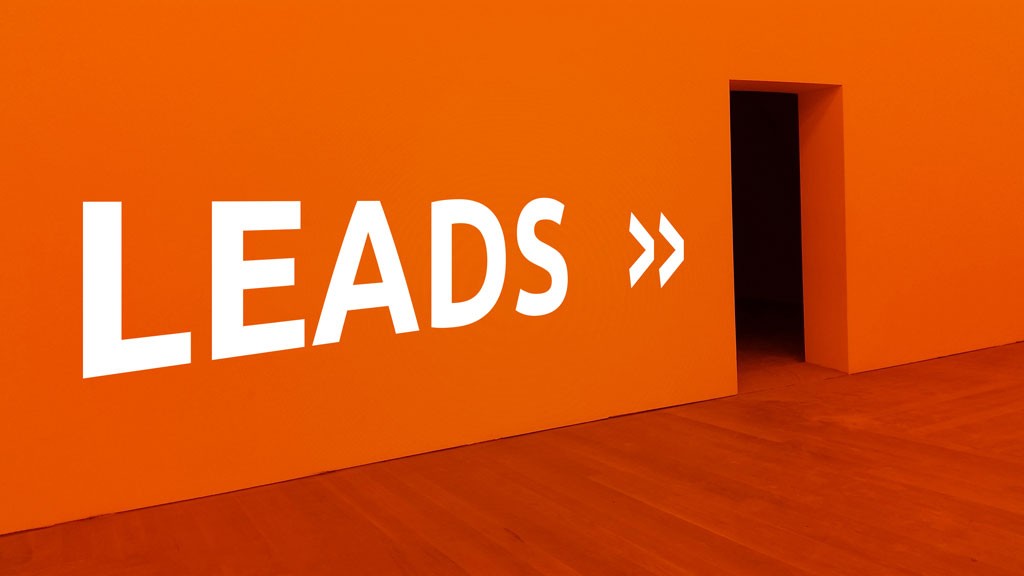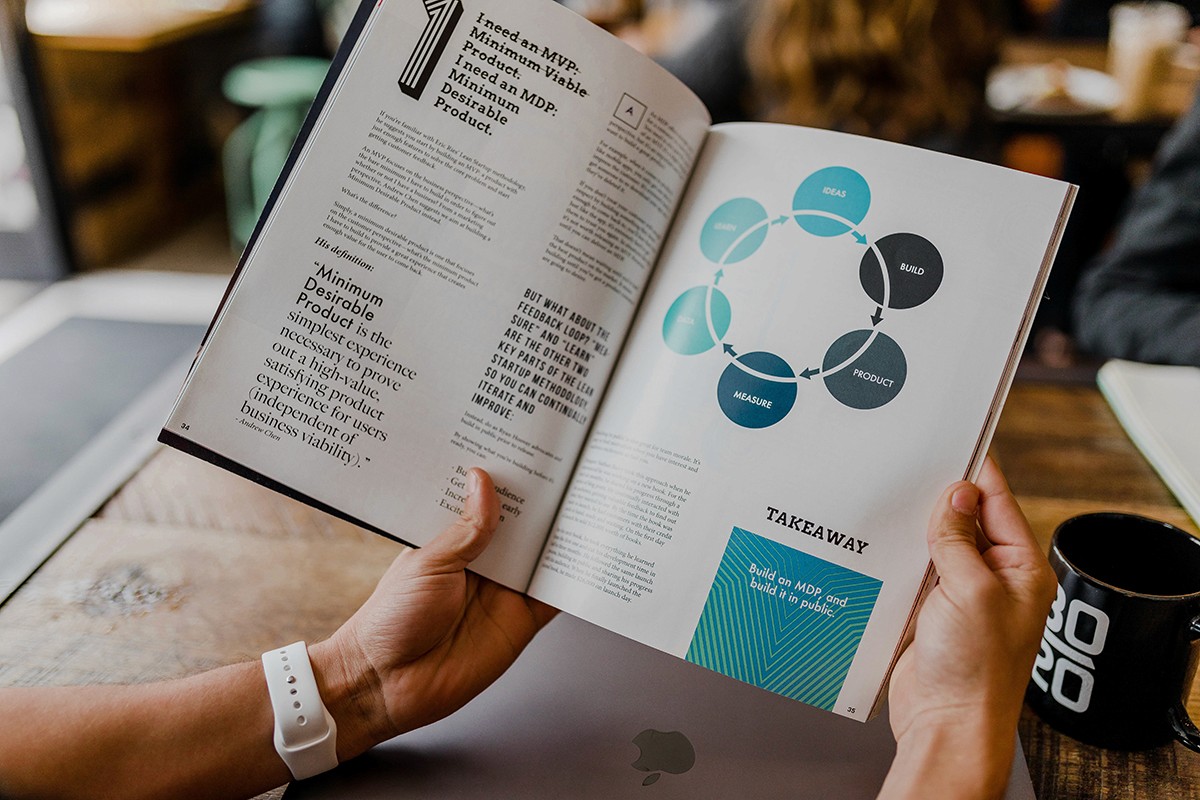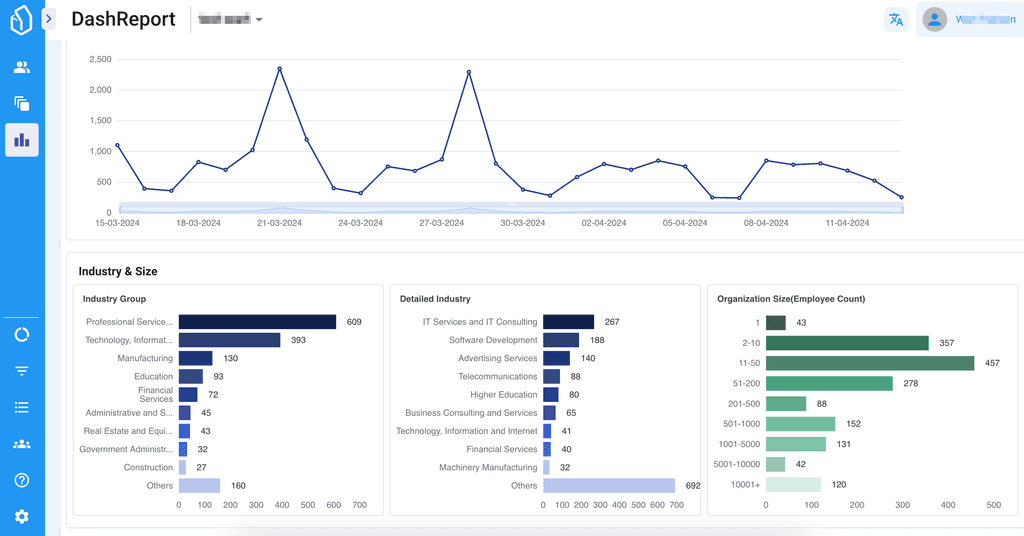
Marketing|Sales
How Long Should a SaaS Free Trial Be?
How Long Should a SaaS Free Trial Be?
2016-07-13

Marketing|Sales
How Long Should a SaaS Free Trial Be?
2016-07-13

Marketing|Sales
How Long Should a SaaS Free Trial Be?
2016-07-13
Table of Contents
Auto Generated TOC
Auto Generated TOC
Auto Generated TOC
Auto Generated TOC
One of the most common and most difficult questions that a SaaS company with a free trial asks itself is “how long should a SaaS free trial be?” This question is asked by every SaaS product because every one of these companies has the same goal: getting users to have that moment where everything clicks and they realize why they need the product. Every SaaS product needs to figure out how long it takes to get free trial users hooked, so that they convert into paid customers.
Because every SaaS company will be slightly different, answering the question of “how long?” is rather tricky.
To start to analyzing this question, it’s perhaps a good idea to stop thinking of a free trial in terms of just length. Not all trials need to be thought of in terms of days (or time). Sometimes, companies should opt for far different free trial methods besides length. For example, if you are a SaaS company that offers conference calling software, a 14 day trial would be pretty pointless. What if the person who signed up doesn’t have many or any calls over that 14 day period? A smarter choice would be doing something like offering the free trial user 10 free conference calls or only allowing 5 people to join a call at once.
A lot of companies use this tactic, and you often probably don’t realize it. For example, Soundcloud uses this tactic based on minutes of music uploaded. Once you hit a certain amount of minutes of uploaded music, you have to upgrade you account to a paid account.
While duration of a trial is the most common, don’t think it’s the only method of free trial for your SaaS product. Once you’ve decided on going with length of time or another metric, you’ll need to experiment to find that sweet spot where people start converting to paid faster.
You’re Not Tied to the Free Trial Model You First Pick
Just because you start out with one free trial model or trial duration, it doesn’t mean you’re tied to it. For example, if you introduce a new feature aimed at developers that requires some additional development time to implement, you may increase your free trial period from 7 days to 14 days. A powerful feature, which needs more time for that “aha” moment with your product to occur, needs more time in the user's hand to convince them to start paying for your product.
Every time you release a new feature, you need to consider whether your current free trial model is still right. You need to decide if people can still become a successful customer with the duration or other metric you’ve selected for your free trial.
Make Your Trial as Short as You Possibly Can
Putting a limit on the duration of your free trial is very important. The faster that you can convince somebody that your product is valuable, the faster they will start paying for it. This means that you need to intensely focus on determining how long it takes for people to discover why your product is great.
The shorter that your free trial is, the quicker your bottom line will grow.
Here’s why short free trial are most effective:
Short trials add urgency to usage of your product. It makes people more engaged.
Customer acquisition costs are reduced when people convert faster.
Trials that are too long let more people become inactive users.
People rarely ever use the full duration of a trial when it’s too long.
There’s More to It
Before you become overly focused on how long your free trial should be, you need to make sure you’ve created the feature or functionality that will actually make people convert in the first place. You need a fluid and polished onboarding experience so that people will see your value and want to convert into a long-term paying customer.You’re Not Tied to the Free Trial Model You First PickMake Your Trial as Short as You Possibly Can
One of the most common and most difficult questions that a SaaS company with a free trial asks itself is “how long should a SaaS free trial be?” This question is asked by every SaaS product because every one of these companies has the same goal: getting users to have that moment where everything clicks and they realize why they need the product. Every SaaS product needs to figure out how long it takes to get free trial users hooked, so that they convert into paid customers.
Because every SaaS company will be slightly different, answering the question of “how long?” is rather tricky.
To start to analyzing this question, it’s perhaps a good idea to stop thinking of a free trial in terms of just length. Not all trials need to be thought of in terms of days (or time). Sometimes, companies should opt for far different free trial methods besides length. For example, if you are a SaaS company that offers conference calling software, a 14 day trial would be pretty pointless. What if the person who signed up doesn’t have many or any calls over that 14 day period? A smarter choice would be doing something like offering the free trial user 10 free conference calls or only allowing 5 people to join a call at once.
A lot of companies use this tactic, and you often probably don’t realize it. For example, Soundcloud uses this tactic based on minutes of music uploaded. Once you hit a certain amount of minutes of uploaded music, you have to upgrade you account to a paid account.
While duration of a trial is the most common, don’t think it’s the only method of free trial for your SaaS product. Once you’ve decided on going with length of time or another metric, you’ll need to experiment to find that sweet spot where people start converting to paid faster.
You’re Not Tied to the Free Trial Model You First Pick
Just because you start out with one free trial model or trial duration, it doesn’t mean you’re tied to it. For example, if you introduce a new feature aimed at developers that requires some additional development time to implement, you may increase your free trial period from 7 days to 14 days. A powerful feature, which needs more time for that “aha” moment with your product to occur, needs more time in the user's hand to convince them to start paying for your product.
Every time you release a new feature, you need to consider whether your current free trial model is still right. You need to decide if people can still become a successful customer with the duration or other metric you’ve selected for your free trial.
Make Your Trial as Short as You Possibly Can
Putting a limit on the duration of your free trial is very important. The faster that you can convince somebody that your product is valuable, the faster they will start paying for it. This means that you need to intensely focus on determining how long it takes for people to discover why your product is great.
The shorter that your free trial is, the quicker your bottom line will grow.
Here’s why short free trial are most effective:
Short trials add urgency to usage of your product. It makes people more engaged.
Customer acquisition costs are reduced when people convert faster.
Trials that are too long let more people become inactive users.
People rarely ever use the full duration of a trial when it’s too long.
There’s More to It
Before you become overly focused on how long your free trial should be, you need to make sure you’ve created the feature or functionality that will actually make people convert in the first place. You need a fluid and polished onboarding experience so that people will see your value and want to convert into a long-term paying customer.You’re Not Tied to the Free Trial Model You First PickMake Your Trial as Short as You Possibly Can
One of the most common and most difficult questions that a SaaS company with a free trial asks itself is “how long should a SaaS free trial be?” This question is asked by every SaaS product because every one of these companies has the same goal: getting users to have that moment where everything clicks and they realize why they need the product. Every SaaS product needs to figure out how long it takes to get free trial users hooked, so that they convert into paid customers.
Because every SaaS company will be slightly different, answering the question of “how long?” is rather tricky.
To start to analyzing this question, it’s perhaps a good idea to stop thinking of a free trial in terms of just length. Not all trials need to be thought of in terms of days (or time). Sometimes, companies should opt for far different free trial methods besides length. For example, if you are a SaaS company that offers conference calling software, a 14 day trial would be pretty pointless. What if the person who signed up doesn’t have many or any calls over that 14 day period? A smarter choice would be doing something like offering the free trial user 10 free conference calls or only allowing 5 people to join a call at once.
A lot of companies use this tactic, and you often probably don’t realize it. For example, Soundcloud uses this tactic based on minutes of music uploaded. Once you hit a certain amount of minutes of uploaded music, you have to upgrade you account to a paid account.
While duration of a trial is the most common, don’t think it’s the only method of free trial for your SaaS product. Once you’ve decided on going with length of time or another metric, you’ll need to experiment to find that sweet spot where people start converting to paid faster.
You’re Not Tied to the Free Trial Model You First Pick
Just because you start out with one free trial model or trial duration, it doesn’t mean you’re tied to it. For example, if you introduce a new feature aimed at developers that requires some additional development time to implement, you may increase your free trial period from 7 days to 14 days. A powerful feature, which needs more time for that “aha” moment with your product to occur, needs more time in the user's hand to convince them to start paying for your product.
Every time you release a new feature, you need to consider whether your current free trial model is still right. You need to decide if people can still become a successful customer with the duration or other metric you’ve selected for your free trial.
Make Your Trial as Short as You Possibly Can
Putting a limit on the duration of your free trial is very important. The faster that you can convince somebody that your product is valuable, the faster they will start paying for it. This means that you need to intensely focus on determining how long it takes for people to discover why your product is great.
The shorter that your free trial is, the quicker your bottom line will grow.
Here’s why short free trial are most effective:
Short trials add urgency to usage of your product. It makes people more engaged.
Customer acquisition costs are reduced when people convert faster.
Trials that are too long let more people become inactive users.
People rarely ever use the full duration of a trial when it’s too long.
There’s More to It
Before you become overly focused on how long your free trial should be, you need to make sure you’ve created the feature or functionality that will actually make people convert in the first place. You need a fluid and polished onboarding experience so that people will see your value and want to convert into a long-term paying customer.You’re Not Tied to the Free Trial Model You First PickMake Your Trial as Short as You Possibly Can
One of the most common and most difficult questions that a SaaS company with a free trial asks itself is “how long should a SaaS free trial be?” This question is asked by every SaaS product because every one of these companies has the same goal: getting users to have that moment where everything clicks and they realize why they need the product. Every SaaS product needs to figure out how long it takes to get free trial users hooked, so that they convert into paid customers.
Because every SaaS company will be slightly different, answering the question of “how long?” is rather tricky.
To start to analyzing this question, it’s perhaps a good idea to stop thinking of a free trial in terms of just length. Not all trials need to be thought of in terms of days (or time). Sometimes, companies should opt for far different free trial methods besides length. For example, if you are a SaaS company that offers conference calling software, a 14 day trial would be pretty pointless. What if the person who signed up doesn’t have many or any calls over that 14 day period? A smarter choice would be doing something like offering the free trial user 10 free conference calls or only allowing 5 people to join a call at once.
A lot of companies use this tactic, and you often probably don’t realize it. For example, Soundcloud uses this tactic based on minutes of music uploaded. Once you hit a certain amount of minutes of uploaded music, you have to upgrade you account to a paid account.
While duration of a trial is the most common, don’t think it’s the only method of free trial for your SaaS product. Once you’ve decided on going with length of time or another metric, you’ll need to experiment to find that sweet spot where people start converting to paid faster.
You’re Not Tied to the Free Trial Model You First Pick
Just because you start out with one free trial model or trial duration, it doesn’t mean you’re tied to it. For example, if you introduce a new feature aimed at developers that requires some additional development time to implement, you may increase your free trial period from 7 days to 14 days. A powerful feature, which needs more time for that “aha” moment with your product to occur, needs more time in the user's hand to convince them to start paying for your product.
Every time you release a new feature, you need to consider whether your current free trial model is still right. You need to decide if people can still become a successful customer with the duration or other metric you’ve selected for your free trial.
Make Your Trial as Short as You Possibly Can
Putting a limit on the duration of your free trial is very important. The faster that you can convince somebody that your product is valuable, the faster they will start paying for it. This means that you need to intensely focus on determining how long it takes for people to discover why your product is great.
The shorter that your free trial is, the quicker your bottom line will grow.
Here’s why short free trial are most effective:
Short trials add urgency to usage of your product. It makes people more engaged.
Customer acquisition costs are reduced when people convert faster.
Trials that are too long let more people become inactive users.
People rarely ever use the full duration of a trial when it’s too long.
There’s More to It
Before you become overly focused on how long your free trial should be, you need to make sure you’ve created the feature or functionality that will actually make people convert in the first place. You need a fluid and polished onboarding experience so that people will see your value and want to convert into a long-term paying customer.You’re Not Tied to the Free Trial Model You First PickMake Your Trial as Short as You Possibly Can

Generate More Qualified Leads with LeadBoxer
Create a (free) account or get a demo and find out how we can help you.

Generate More Qualified Leads with LeadBoxer
Create a (free) account or get a demo and find out how we can help you.

Generate More Qualified Leads with LeadBoxer
Create a (free) account or get a demo and find out how we can help you.

Generate More Qualified Leads with LeadBoxer
Create a (free) account or get a demo and find out how we can help you.
Get Started with LeadBoxer
LeadBoxer can help you quickly generate more leads
Get more insight into your online audience and their behaviour, and turn this data into actual opportunities.
Start Now!
Get Started with LeadBoxer
LeadBoxer can help you quickly generate more leads
Get more insight into your online audience and their behaviour, and turn this data into actual opportunities.
Start Now!
Get Started with LeadBoxer
LeadBoxer can help you quickly generate more leads
Get more insight into your online audience and their behaviour, and turn this data into actual opportunities.
Start Now!
Get Started with LeadBoxer
LeadBoxer can help you quickly generate more leads
Get more insight into your online audience and their behaviour, and turn this data into actual opportunities.
Start Now!
Other content in category
Marketing|Sales



Automated Marketing Lead Lifecycle Management in a Business-to-Business Partner Ecosystem



How You Can Close More Deals Faster With a B2B Referral Program



Hyper Personalization & Other Ways to Shorten the Sales Life Cycle



Using CRM to Craft a Winning Customer Centric Strategy



How to Get your First 1,000 Paying SaaS Customers

Supercharge your marketing results with LeadBoxer!
Analyze campaigns and traffic, segement by industry, drilldown on company size and filter by location. See your Top pages, top accounts, and many other metrics.


Supercharge your marketing results with LeadBoxer!
Analyze campaigns and traffic, segement by industry, drilldown on company size and filter by location. See your Top pages, top accounts, and many other metrics.


Supercharge your marketing results with LeadBoxer!
Analyze campaigns and traffic, segement by industry, drilldown on company size and filter by location. See your Top pages, top accounts, and many other metrics.


Supercharge your marketing results with LeadBoxer!
Analyze campaigns and traffic, segement by industry, drilldown on company size and filter by location. See your Top pages, top accounts, and many other metrics.


